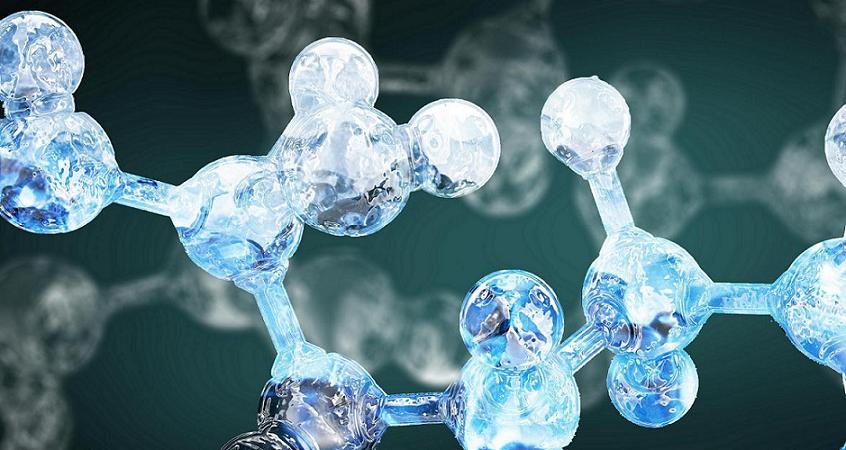This law was formulated by the Swiss-born Russian chemist Germain Henri Hess (1802-1850). Hess's Law states that, if a reaction occurs in two or more steps, the enthalpy for the reaction is the sum of the enthalpies of the individual steps or it can also be stated as, the enthalpy change for any chemical reaction is independent of the intermediate stages, provided the initial and final conditions are the same for each route.
|
If both sides of the equations are multiplied by a factor to alter the number of moles, dH, dH°, or dHf for the equation should be multiplied by the same factor, since they are quantities per equation as written. Thus, for the equation
6 C(graphite) + 3 O2 -> 6 CO, dH° = -660 kJ/mol (multiplied by 6)
For the reverse reaction, the sign of these quantities are changed (multiply by -1). The equation implies the following:
2 CO -> 2 C(graphite) + O2, dH° = 220 kJ/mol.
Example 1
We can use Hess's law to calculate the enthalpies of reactions that are difficult to measure. In the above example, it is very difficult to control the oxidation of graphite to give pure CO. However, enthalpy for the oxidation of graphite to CO2 can easily be measured. The application of Hess's law enables us to estimate the enthalpy of formation of CO. Since,
CO + 1/2 O2 -> CO2, dH° = -283 kJ/mol.
We should reverse the second reaction to cancel out CO2 but remember that by doing so you should change the sign of its enthalpy.
CO2 -> CO + 1/2 O2 dH° = 283 kJ/mol.
Subtracting the second equation from the first gives
The equation shows the standard enthalpy of formation of CO to be -110 kJ/mol.
Example 2.
Consider another example using the following reactions:
(1) C(s) + O2(g) ---> CO2(g) dH= -393.51 kJ
2H2(g) + O2(g) -----> 2 H2O(l) dH= -571.66 kJ
Example 3
Determine the dH for the reaction
from the equations:
(1) N2O3(g) ----> NO(g) + NO2(g) dH = 39.7 kJ
( (2) ½ N2(g) + ½ O2(g) ----> NO(g) dH = 90.4 kJ
(3) ½ N2(g) + O2(g) ----> NO2(g) dH = 33.8 kJ
Answer:
2 N2O3(g) ----> 2NO(g) + 2NO2(g) dH = 79.4 kJ
SUM: 2 N2O3(g) ----> 2 N2(g) + 3 O2(g) dH= -169 kJ
STANDARD HEATS OF FORMATION
EVALUATION
~ END OF HESS'S LAW ~


